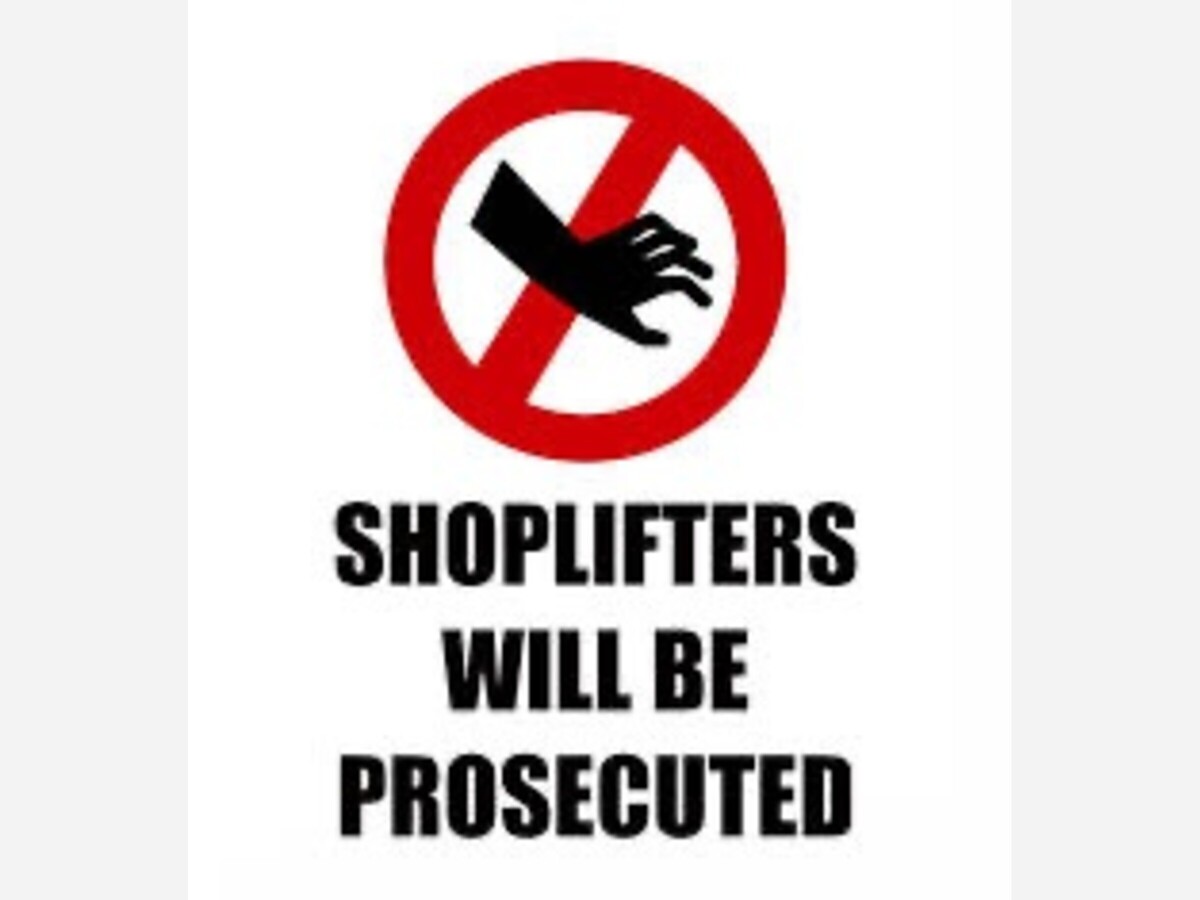Image

Small business owners who faced unprecedented challenges during the pandemic and are now being confronted by rising threats from an old foe – shoplifters but at higher rates then ever before. Big chains including Walmart, CVS and Walgreens are closing stores in areas with high shop lifting rates. Small businesses cannot handle large losses due to shop lifters. Teenagers in packs, gangs that threaten and when caught or confronted the individuals and or parents become hostile. What’s a small business to do?
A new survey shows that up to 89% of small business owners are experiencing an increase in shoplifting. Additionally, a new report from Business.org shows that during peak seasons and summer months 54% of small business owners say they have an increase in shoplifting.
For many small businesses, the shoplifting problem is becoming not just a cost-loss problem, but a safety concern for employees as well.
Kiley Raper, CEO of a Retail Merchants Association, said members have made the shoplifting dilemma a top issue for the 2022 legislative session. Organized retail crime, or ORC, refers to professional shoplifting or other theft occurring in retail stores.
In a recent study, the Retail Industry Leaders Association and the Buy Safe America Coalition found that 86.2% of retailers surveyed said an “ORC subject” has verbally threatened an associate, 75.9% said an ORC subject has physically assaulted an associate and 41% said an ORC subject has used a weapon to harm an associate.
“For a small business, their profit margins are quite small and after nearly two years of slow sales due to the pandemic, they cannot afford to absorb the costs associated with retail crime, but none of us can afford to sustain this criminal behavior,”
What’s a small business owner to do? Most have video cameras but the shoplifters find the blind spots. Some have people watching but some are afraid to confront the individuals for fear of threats. Some are now live streaming video from their stores online or posting suspected shop lifters on social media. That’s not ideal but what’s a small business owner to do. For small shoplifting issues police suggest filing online reports or don’t visit. Parents defend their children many times and threaten the shop owners rather than taking responsibility. The issue is escalating with no end in sight. Social pressure is a tool but not the answer.
Nevada Fine Arts posted in May security camera images on the business’s Facebook page of two people who allegedly stole merchandise. Other businesses that have reported being victimized in the past year are ever increasing.
Profit margins for small business owners can be slim, and recurring theft may mean making the decision whether to stay in business.
“It’s very disheartening for me, the owner of this small independent business, when theft happens,” Dixon said. “I operate my shop with one part-time employee and my investors are my family. Any loss that occurs comes out of our pockets. Insurance won’t cover these things, and even if it did it would not be worth it to have our premiums raised.
Shoplifting costs businesses nationwide more than $45 billion a year, according to a national organization devoted to the problem of shoplifting, the National Association of Shoplifting Prevention. The group posted on its site that shoplifting is an ongoing problem despite businesses having security cameras.
“Even with all the advances in security measures, shoplifters are only caught once in 49 times they steal and when caught, turned over to the police only 50 percent of the time,” according to the association. “This is due, in part, to the fact that there is a trend away from shoplifter apprehension and prosecution by retailers, law enforcement, and the courts as a way to cope with increasing costs, time issues, and legal liability. These issues and others lead to the majority of shoplifting incidents going unrecognized, unreported, and unresolved … thereby perpetuating the problem.”
The association said that one in 11 people are shoplifters, and most of those people are adults; 75 percent, in fact. Shoplifters don’t necessarily steal because of greed or poverty.
The crime is “about people struggling with their own personal conflicts and needs,” the group explained. Depression and impulse control disorders could be contributing factors.
Somf small business is fighting back against shoplifters by using social media. Locally some businesses have done that but as a last resort from suspected repeat offenders.
If the Pink Coconut Boutique catches you stealing, they will post you picture on Facebook. It’s a tactic they’ve always used, and it seems to be working well.
Store manager Debbie Ham recently posted a picture of an alleged shoplifter on the businesses page. She called for the 1.1 million Facebook followers to help identify the suspect.
And in less than 24 hours, 25-year-old Christian Tatum was identified.
“The fans were very upset (because) we do keep our prices down at the Pink Coconut,” Ham told FOX13 where she was interviewed on her use of social media to promote identifying the alleged shoplifter.
This is not the first time the store has done it. They use the practice to help keep prices low.
Police would not comment on the matter. They only said it was the Facebook post that led to Tatum being identified.
Small businesses must remain diligent but if the trend continues many small businesses will follow CVS, Walgreens and other big box stores and just shutter. The result more abandoned buildings and long term more blight.
Support small businesses and let’s work together in positivity to end crime in small businesses and in neighborhoods.